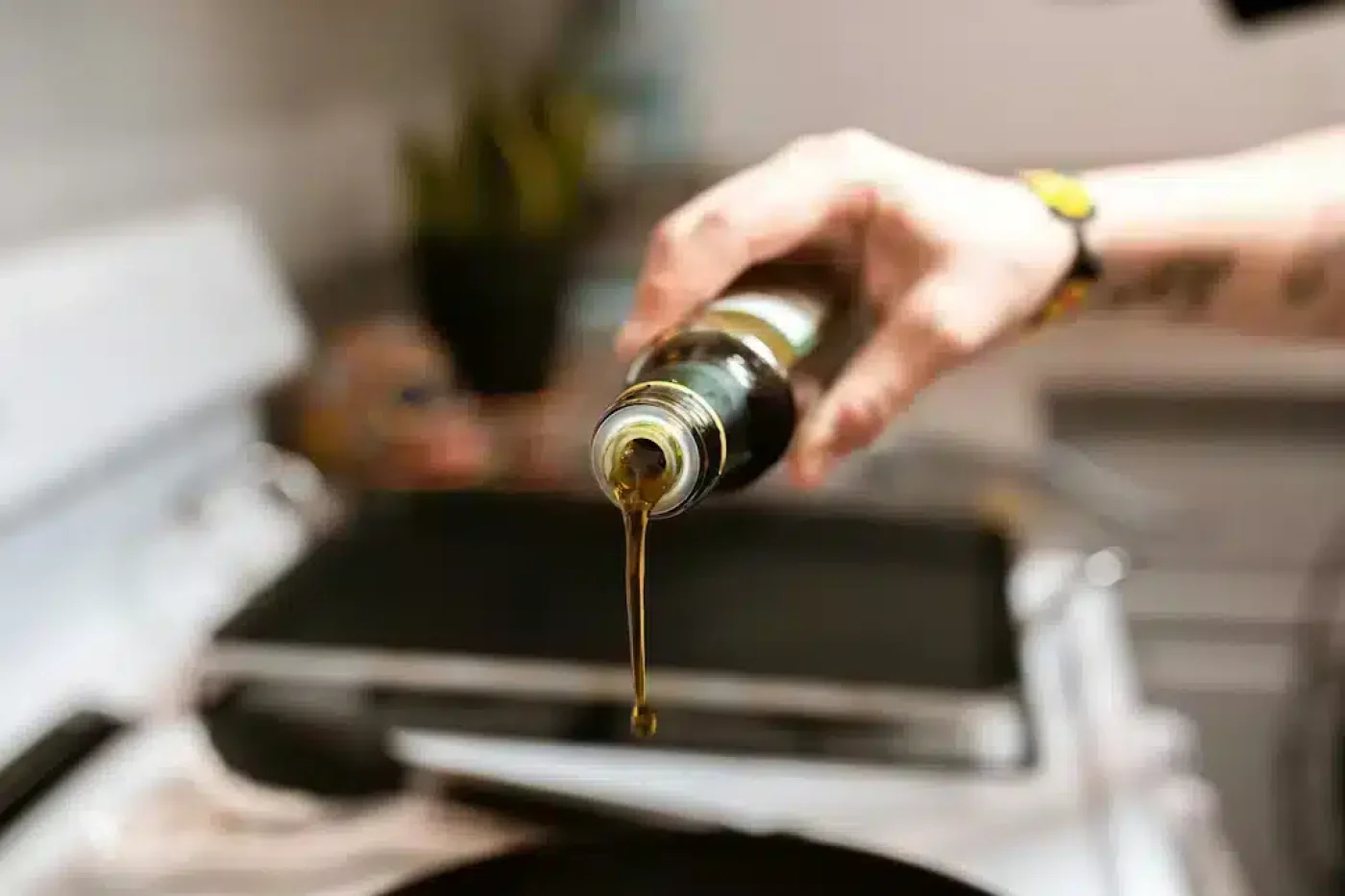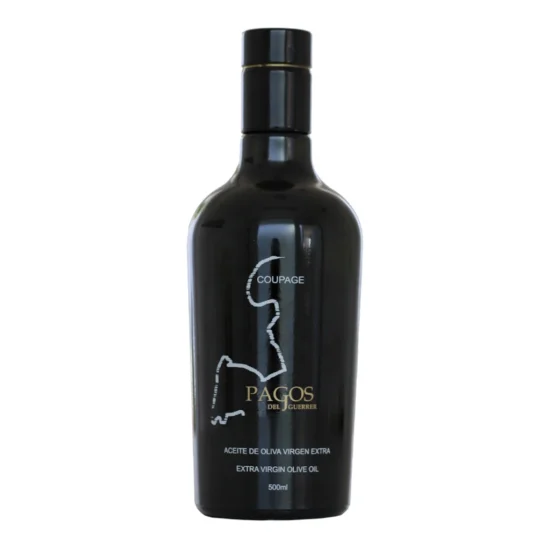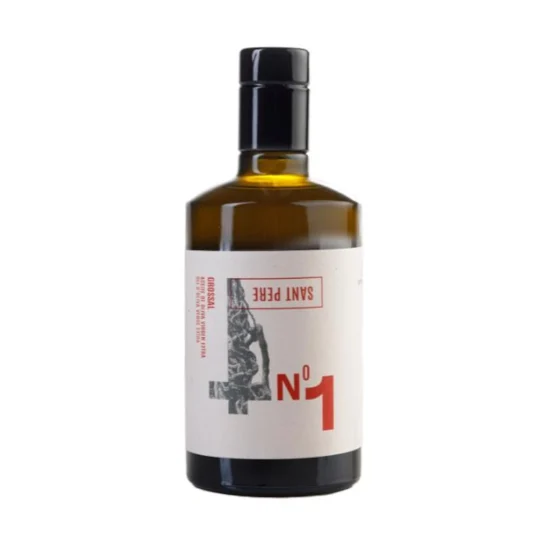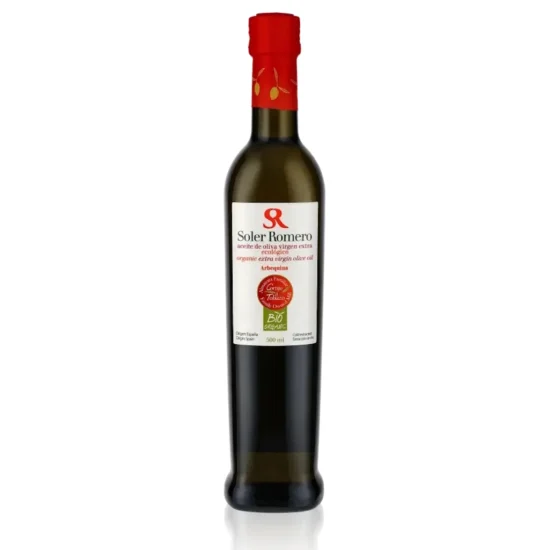
Olive oil adulteration represents a persistent problem in the food industry, compromising quality, nutritional value, and consumer confidence. Faced with this reality, researchers from Morocco and France have developed an innovative method based on forward-side fluorescence spectroscopy. This technique not only optimizes fraud detection but also minimizes the environmental impact associated with conventional analytical methods.
Olive oil adulteration manifests itself primarily in two ways: blending with lower-quality oils (such as virgin olive oil or olive-pomace oil) and combining with other vegetable oils. Both practices deceive consumers and damage the reputation of legitimate producers. Fraud involving lower-grade olive oils is particularly difficult to identify, as the chemical differences are subtle. Certification through a Protected Designation of Origin (PDO) or Protected Geographical Indication (PGI) is crucial to ensuring authenticity, underscoring the need for robust detection methods.
The new method, detailed in the journal Food Chemistry, uses forward-side fluorescence spectroscopy to analyze olive oil composition. This technique relies on the emission of fluorescent light by the sample after exposure to specific radiation. Unlike other spectroscopic techniques that measure light absorption or molecular vibrations, forward-side fluorescence is highly sensitive to minor chemical changes, making it ideal for identifying olive oil adulteration.
The effectiveness of this method is significantly enhanced when combined with advanced statistical analyses, such as partial least squares discriminant analysis (PLS-DA). This supervised chemometric approach trains the model with data from extra virgin and adulterated olive oil samples, allowing it to classify with up to 100% accuracy. For example, fluorescence emissions at 430 nanometers proved particularly effective in differentiating between extra virgin olive oil and samples adulterated with lower-quality oils. Signals produced by natural compounds, such as chlorophylls or oxidation markers, showed clear and consistent differences depending on the type and percentage of adulteration.
Compared to traditional techniques such as high-performance liquid chromatography (HPLC) and gas chromatography-mass spectrometry (GC-MS), the front-to-side fluorescence method offers multiple benefits:
Despite its advantages, optimal implementation of front-to-side fluorescence spectroscopy faces certain challenges. External factors such as storage conditions and exposure to light and heat can influence fluorescence emissions. Furthermore, distinguishing blends with chemical profiles very similar to extra virgin olive oil may require even more precise reference models and the integration of Advanced statistical tools. Chemical interference from polyphenols and volatile compounds can also alter fluorescence signatures, representing an area of interest.
In the future, researchers will focus on expanding coverage to a greater diversity of vegetable oils, refining predictive models, and developing compact, low-cost devices for field use. The relationship between fluorescence and the geographical or varietal origin of the oil will also be explored, with the goal of establishing a method based on “geographic fingerprinting.” Improving sensitivity to detect adulteration levels below 0.5% and integrating artificial intelligence systems for real-time data analysis are other key goals.
This new method has the potential to become a standard tool for monitoring the quality and origin of olive oil. Once evaluated and approved by regulatory bodies such as the International Olive Council, it could be instrumental in ensuring compliance with certifications of origin and quality (PDO and PGI), strengthening consumer confidence and protecting the integrity of the olive oil market. Olive oil adulteration could be combated more efficiently and sustainably, marking a significant advance in food safety.
A widespread economic fraud in the food industry is the adulteration of virgin olive oil with cheaper vegetable oils, such as sunflower oil. To combat this problem, young scientist Kilian Visser from the Rhein-Waal University of Applied Sciences has developed an innovative methodology that combines Raman spectroscopy with machine learning techniques. This breakthrough earned him the Heinrich-Stockmeyer Foundation Award.
The method is based on the principle of Raman spectroscopy, a non-destructive analytical technique that uses laser light scattering to obtain a chemical “fingerprint” of a sample. Visser used a Raman microscope to analyze 27 samples of 15 different oil types, creating a database of approximately 1,800 Raman spectra. His research focused on optimizing the technique, evaluating how factors such as laser focusing influence the accuracy of the results.
Visser’s key contribution lies in the integration of this spectral data with machine learning algorithms. This combination enables highly accurate interpretation of the spectra, overcoming the limitations of traditional analytical methods. The result is a system capable of detecting refined sunflower oil in virgin olive oil with remarkable sensitivity, reaching a concentration of just 0.25%.
Measurements using this method are extremely rapid, taking only a few seconds. This makes it a highly efficient and practical tool for quality control in the food industry and for official food supervision. The potential of this technology is significant, as it could be integrated into portable systems in the future, enabling on-site inspections and strengthening consumer confidence in the supply chain.
Visser’s research, described as “scientifically sound and well-founded,” was recognized for its practical approach and direct applicability. His work marks a milestone in the fight against food fraud, demonstrating how the convergence of advanced spectroscopy and data science can revolutionize food safety.
Important Note: aceitedelcampo.com promotes the consumption of extra virgin olive oil for its culinary qualities and health benefits. However, no medication or current treatment should be replaced without the guidance of a healthcare professional.




ALZAYT EXPORT SL
info@aceitedelcampo.com
C/ Eduardo Bosca 19, 2-5
46023 Valencia
Subscribe and receive a coupon by email for your next purchase.